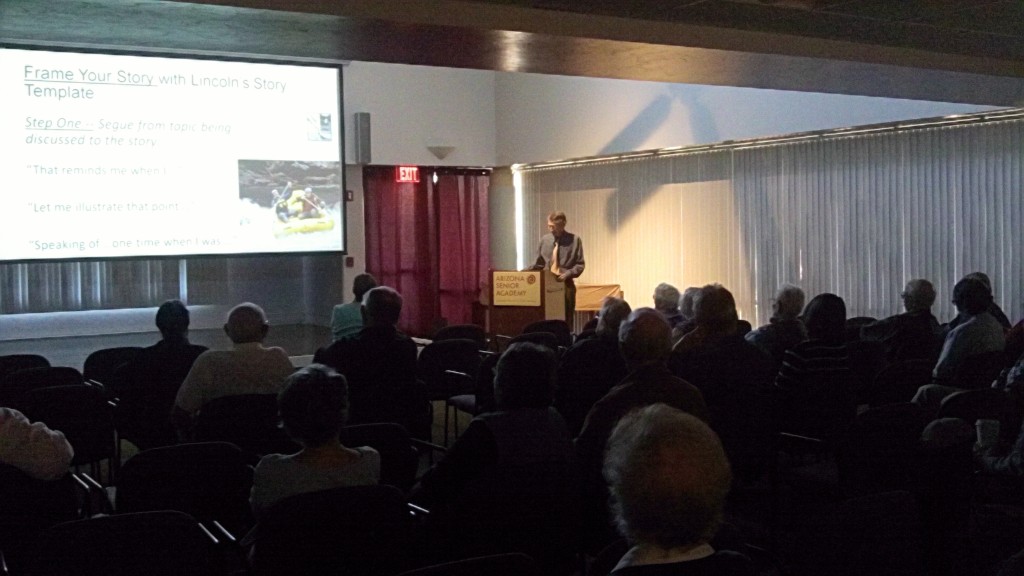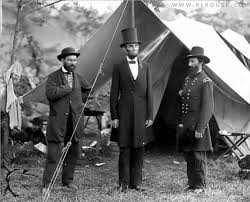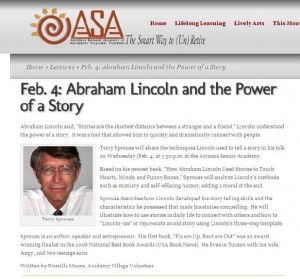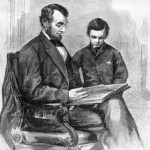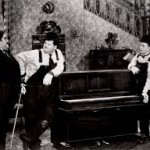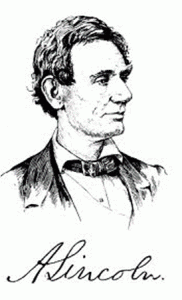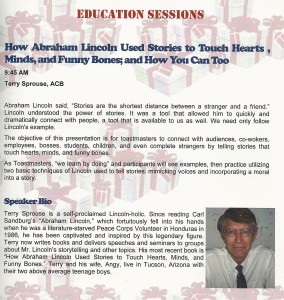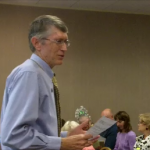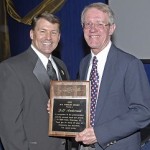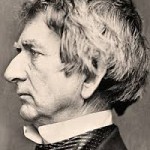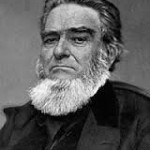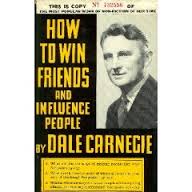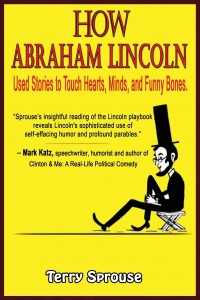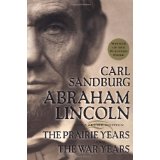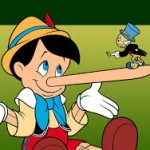Abraham Lincoln’s “Teeth Will Be Provided” Story
The fiery Irish minister was preaching on the End Times – and in particular on the Day of Judgment. As he reached the climax of his address he said that on the Day of Judgment “You will all wail and gnash your teeth.”
At which point an old woman raised her hand and said, 
“Preacher, I ain’t got no teeth.”
The Minister replied, “Madam, on this great Judgment Day, teeth will be provided. “
Radio Interview
During my radio interview with Bob Schmidt (WLFN 1490 A.M.) on Friday, I discussed how Abraham Lincoln used body language, facial expressions, and voice mimicking to make a story effective.
“Be the ball, Danny”
In the movie Caddyshack, Chevy Chase earnestly instructed his young golf protégé,
“Danny, there’s a force in the universe that makes things happen. And all you have to do is get in touch with it, stop thinking, let things happen, and be the ball.”
Likewise, one of Lincoln’s storytelling secrets was his ability “to be the story,” or, by putting himself so much into the story and into each character of the story, he and the story became one.
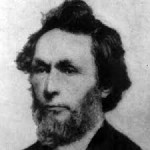
William Herndon
William Herndon, Lincoln’s law partner, said,
“Lincoln’s power of mimicry and his manner of recital were unique. His countenance and all his features seemed to take part in the performance.”
Do’s and don’ts of Lincoln storytelling
Here are the “do’s” and “don’ts” in the Lincoln school of storytelling:
Do:
1) Give each character a personality: a voice, a stance, a way of moving.
2)Use words to vocalize an emotion, and use facial expressions to visualize the emotion.
3) Add interest to your voice by varying your rate of delivery, your volume, your pitch, your inflections, and your word emphasis.
Don’t:
1) Be overly melodramatic; keep expressions and gestures subtle.
2) Be afraid to have some fun.
For a great example of using body language and facial expressions to communicate, watch Charlie Chaplin in the boxing scene from his masterpiece “City Lights.”
Learn to mimic voices
Much of Lincoln’s success as a story teller was due to a talent for mimicry. Author T. G. Onstot said,
“In the role of story-teller, I never knew his equal. His power of mimicry was very great. He could perfectly mimic any accent.”
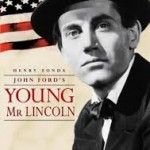 In my case, I use voices of famous actors as voices for the characters in my stories. Some of the voices I use are John Wayne (for any cowboy-type, or tough-guy character), Henry Fonda (for Abraham Lincoln, or “good guy” characters), Jack Nicholson (for bad or slimy guys), a teenager whose voice is breaking (for teenagers or scattered brained characters), Eeyore, from Winnie the Pooh, or Goofy, (for a slow thinker or a frightened person).
In my case, I use voices of famous actors as voices for the characters in my stories. Some of the voices I use are John Wayne (for any cowboy-type, or tough-guy character), Henry Fonda (for Abraham Lincoln, or “good guy” characters), Jack Nicholson (for bad or slimy guys), a teenager whose voice is breaking (for teenagers or scattered brained characters), Eeyore, from Winnie the Pooh, or Goofy, (for a slow thinker or a frightened person).
Here are some tips on how to mimic voices:
1) Watch videos on YouTube of the person you want to imitate;
2) Practice saying the same words that they say;
3) Practice at least four times a day;
4) Make a video of yourself doing impressions;
5) Anytime you read a book to children, practice using different voices for each character when you read a book to the class.
In developing a “minister voice,” a voice that Lincoln would have used in the “Teeth Will Be Provided” story, I watched

Reverend Lovejoy
videos of Reverend Lovejoy from The Simpsons. Some keys to learning the minister voice were to speak slowly, to deepen my voice at the end of a sentence, to stretch out the last word of each sentence, and to incorporate a slight southern twang.
Don’t worry if your impersonations are not perfect. Mine never are. Impersonations just need to be good enough to allow the audience to identify the characters.
———————————————————————————————
FREE on Kindle only December 25!
“How Abraham Lincoln Used Stories to Touch Hearts, Minds, and Funny Bones.” Download
Reviews are appreciated!
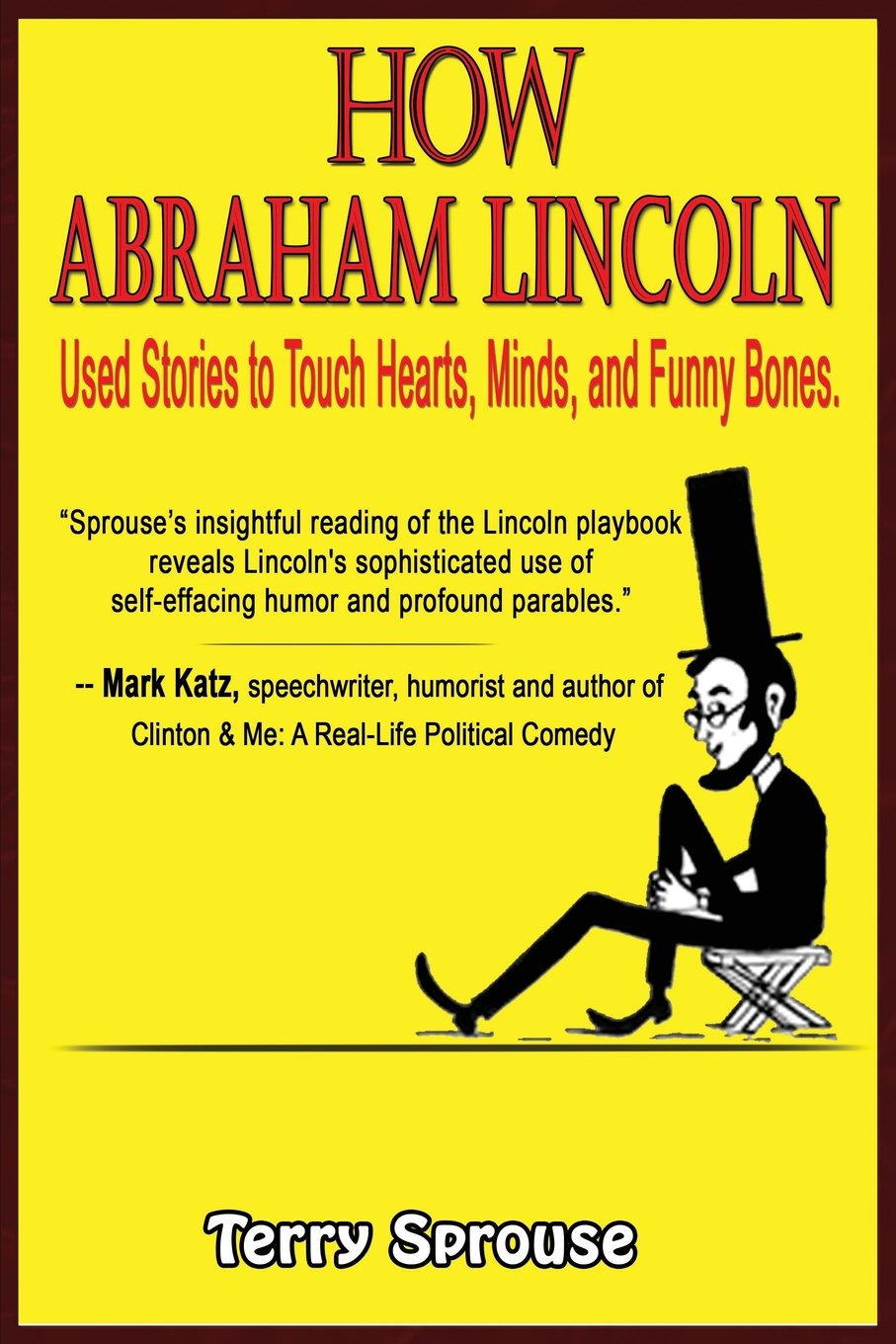
———————————————————————————————-
Upcoming Interviews on “How Abraham Lincoln Used Stories to Touch Hearts, Minds, and Funny Bones”
Dec 17, 6:10 am (Mtn. time). Interview with the dynamic Dan Ramey, WBEX Radio 1490 AM, Chillicothe, Ohio. Web broadcast on http://www.wbex.com/onair/dan-mike-in-the-morning-3786/.
Dec. 30, 6:08 am (Mtn. time). Interview with the genial and witty Jeff Anderson, KSDR AM, Watertown, SD.
Jan. 2, 11:00 -noon (Mtn. time). Interview on the Morning Blend with hosts Tina Jennings and Maria Parmigiani, KGUN9-TV, Tucson, AZ.
Feb. 4 ,2015, 3:30 to 4:30 pm (Mtn. time). Presentation to the Arizona Senior Academy. Tucson, Arizona.
Podcasts of Previous Interviews
Dec. 11, 2014. Interview with the redoubtable Rich Peterson, KROC Radio 1340 AM, Rochester, Minnesota. Podcast.
Related Posts:



